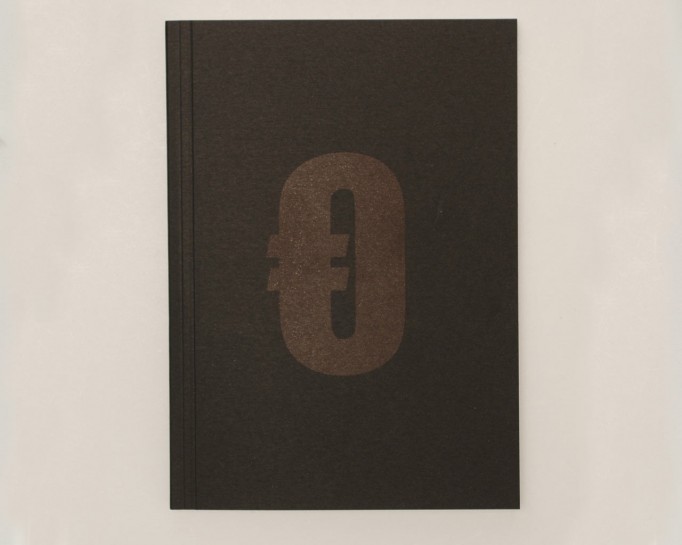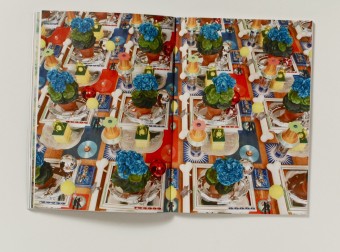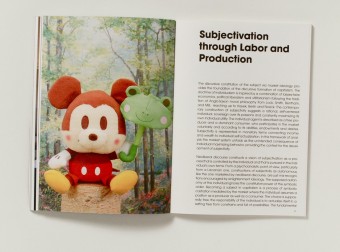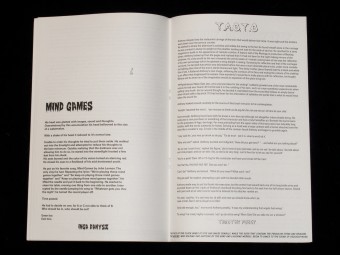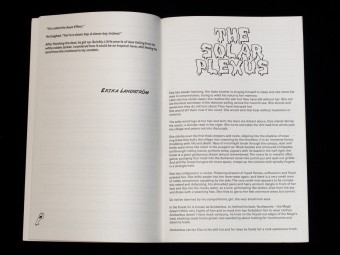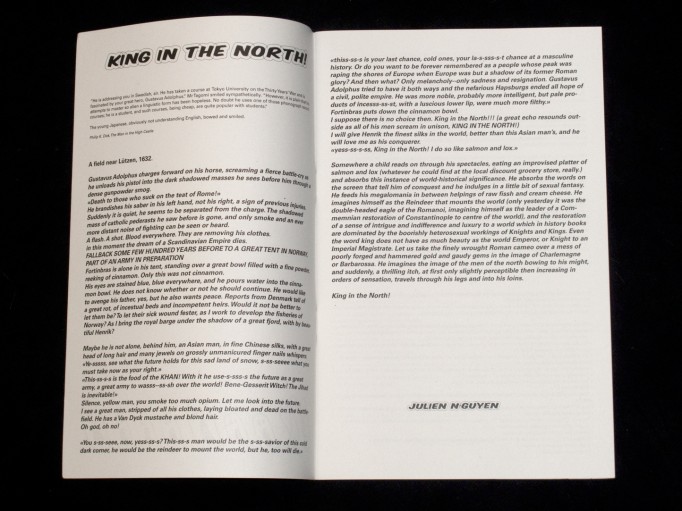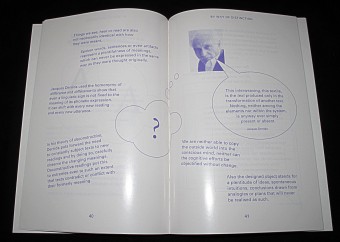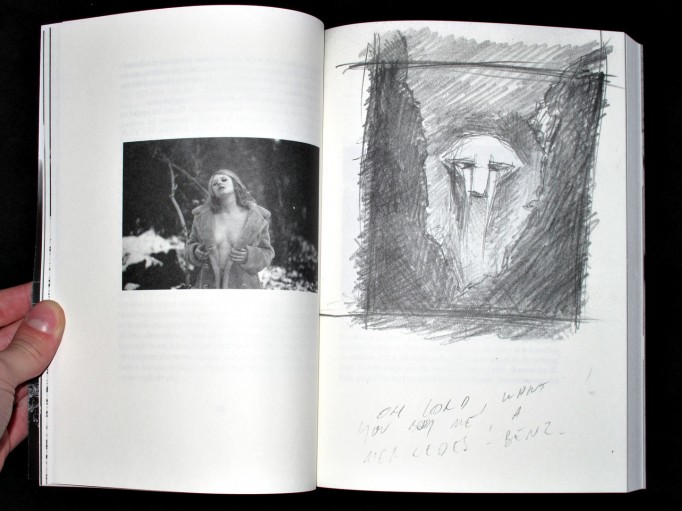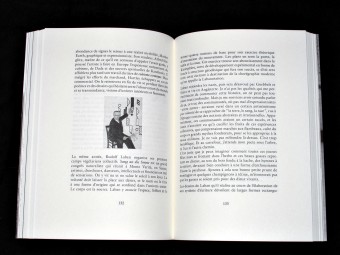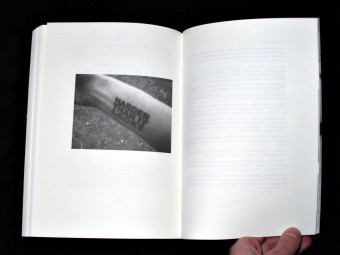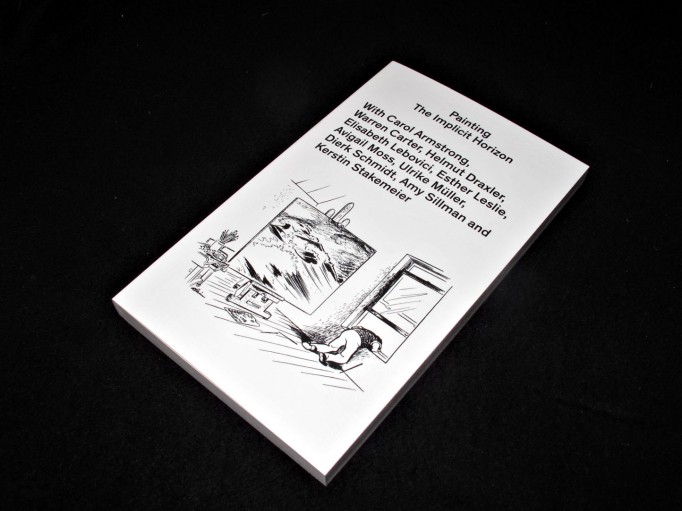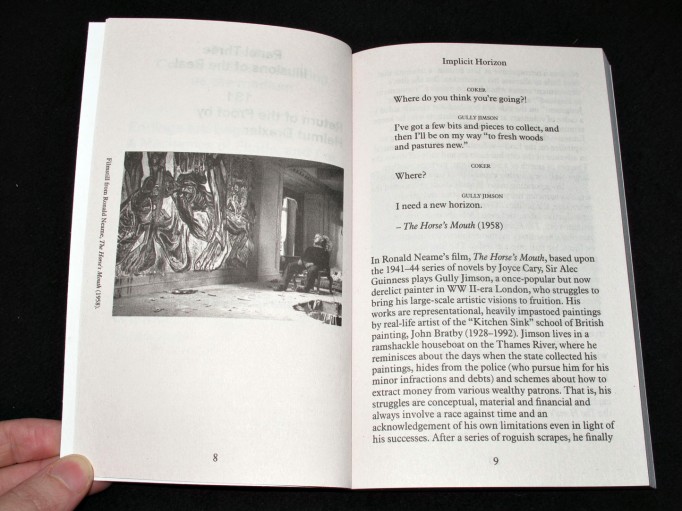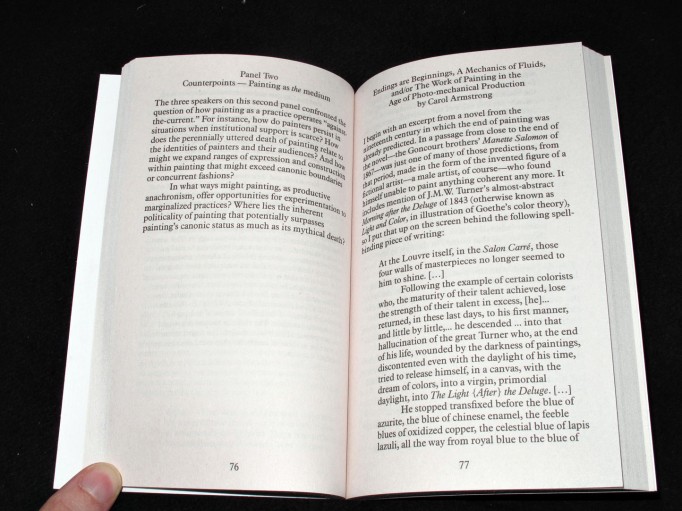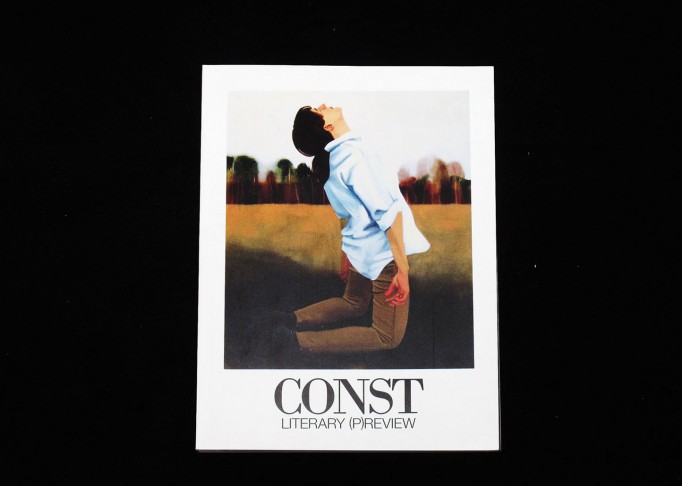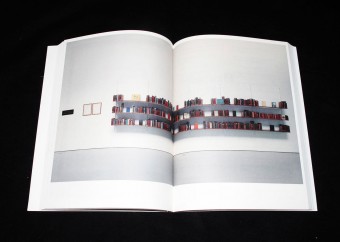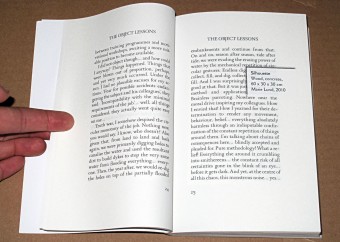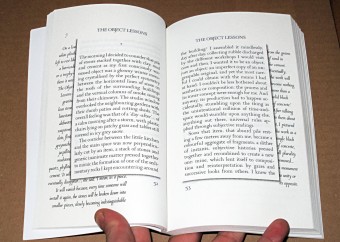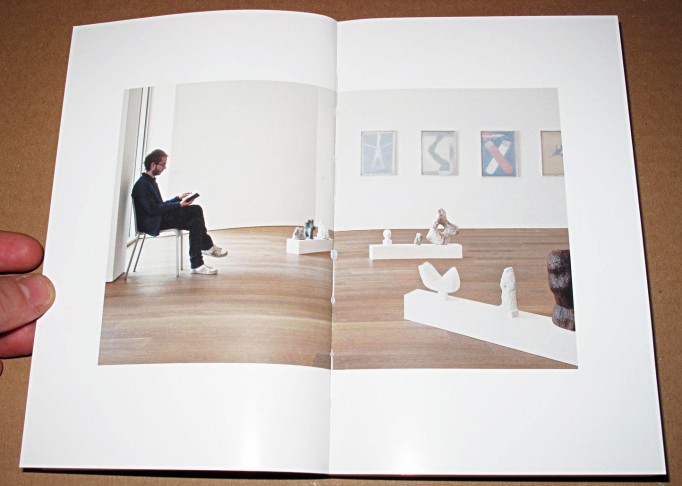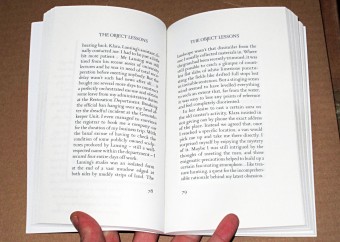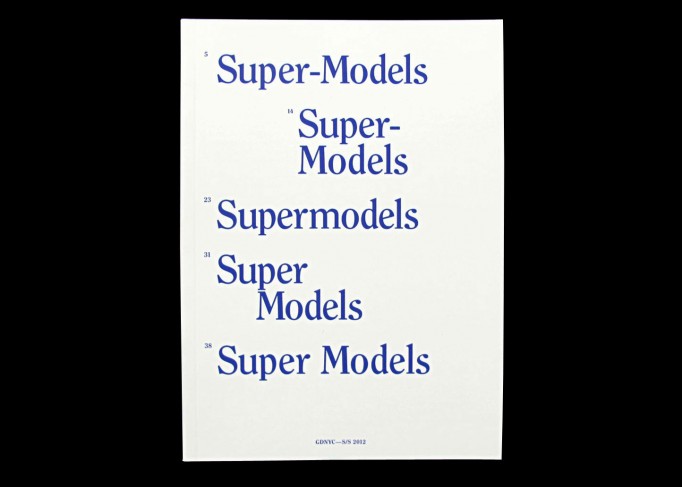
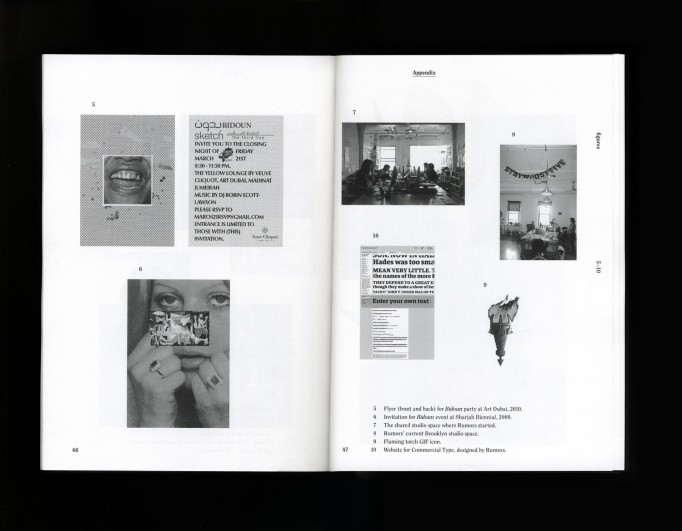
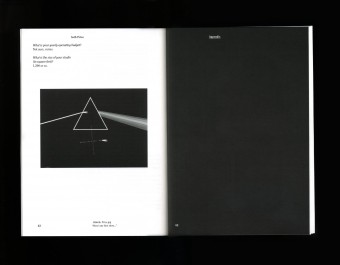
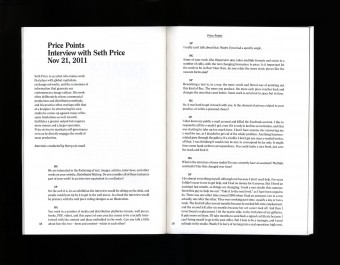
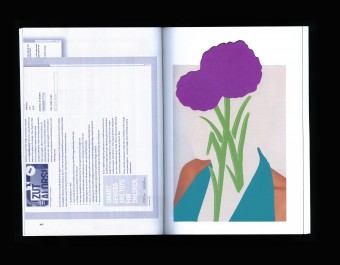
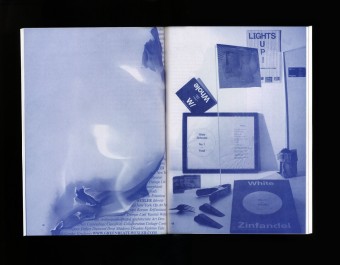
Super Models. Published by GDNYC
Super Models (GDNYC—S/S 2012), a new book by designer-editors Kate DeWitt, Harry Gassel and Jen Lee, is a case study, a trend report, a coded map, or series of casual conversations that seeks to plumb the foundational structure of any art or design practice: its business model. This project started with a desire to understand the structure of a studio as a design problem in and of itself and to learn how the choices made in building that structure define the work a studio produces. The germ of the idea was an interest in critical design practice. How do designers make work outside of the normal scope of the commercial ? How do they support their studios ? Is the work they are known for their bread and butter, and if not, what is ? What, ultimately, is the flow of capital that drives these practices as businesses ? What is the relationship between criticism and, to paraphrase Aristotle, keeping the lights on ? *
In Super Models, a variety of approaches to these questions are explored through interviews with a diverse group of practitioners operating on the cusp of art and design. While 2×4 and Rumors represent more normative design practices, visual artist Seth Price makes work that takes commercial art as its subject and method. Creative Time, who facilitates the production of public artworks, mirrors a designer’s relationship with an art client. Bidoun, a magazine with initiatives in education, curation, and performance, presents a model for the designed object as platform for other outlets of creation. At a more literal level, the structure of a nonprofit is explored as an option for design firms in conversations at both Creative Time and Bidoun. The “Lookbook” presents a collection of projects submitted by Jiminie Ha, Zut Alors!, and Greenblatt-Wexler, emerging designers who created work for this publication in response to informal conversations on the topic of how they define and represent their businesses.
Super Models is the culmination of the 2011 GDNYC fellowship. The fellowship asks design students working in New York for the summer to develop a collaborative research project with local designers at the center of their exploration. And so the book is also a look at the nascent GDNYC and its potential use as a Petri dish, a home for potential patient zeros, a way for designers to yearly question themselves and their established ways of working. In this spirit, the project is meant to be self-sustaining, with the recouped cost from the edition going directly back into next year’s crop of students. The book will be priced differently according to the vendor specific mark-up on the exact cost of production, which will hopefully both provide a sustainable production model as well as a kind of transparency into the point-of-sale business machinery that sustains these critical volumes.
This book surveys the relationships between a purposefully broad range of business models, revealing glimpses of a variety of practices: small and large, new and established, hierarchical and self-governing. It is an assemblage of primary research rather than an assessment of operational models. Instead of claiming to measure relative accomplishment or to prescribe methods for achieving success, Super Models is an effort to reveal the basic structural personality of a given studio. Each contributor in this book has, through their focus, built the particular machine that is their practice. That architecture therefore perpetuates its own interest. In sifting through and comparing the considered choices of these businesses, this book will hopefully contribute to a more comprehensive way of thinking about design. And through the juxtaposition of diverging methods, perhaps this research will provide the seeds for a new hybrid strain of practice, a Super Model.
* Aristotle’s discussion of being and not being in his response to Parmenides in Physics
Language: English
Pages: 57
Size: 17 x 23 cm
Weight: 170 g
Binding: Softcover
24.50€
Buy It

